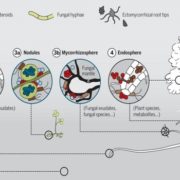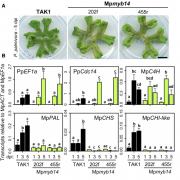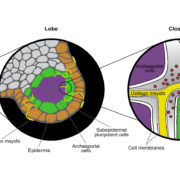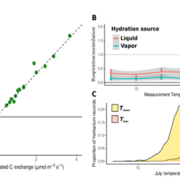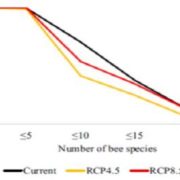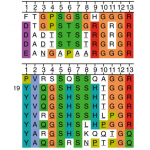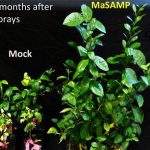Rhizobia use a pathogenic-like effector to hijack leguminous nodulation signaling (Sci Reports)
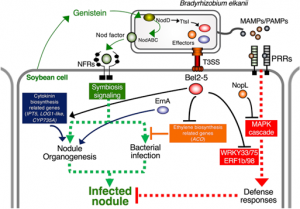 Symbiotic interactions between legume plants and compatible rhizobia bacteria lead to the formation of nitrogen-fixing nodules in the host plant root. Compatibility between rhizobia and host plants is determined by various factors like plant species-specific flavonoid secretion, extracellular polysaccharides of bacteria, and the effector proteins secreted by the rhizobia type III secretion system. These effector proteins were initially identified in pathogenic bacteria as involved in pathogenicity and bacterial infection. Various studies have shown that these effector proteins are induced by host flavonoids and are involved in activating nodulation in the absence of common symbiosis signaling pathway, nod factor (NF) signaling. To understand the mechanism of effector protein during symbiosis between the rhizobia USDA61 and soybean plant, Ratu et al. identified Bel2-5, an effector protein playing a prominent role in promoting nodulation in the nfr1 soybean mutant. Phylogenetic and in-silico analysis of its protein sequence showed similarity with the effector protein from pathogenic bacteria Xanthomonas campestris. Further analysis of the conserved domain at its C terminus, the ULP1 like domain, showed its vital role in nodule formation. Additionally, soybean root transcriptome analysis showed the involvement of Bel2-5 in inducing cytokinin related genes and repressing defense related genes, both of which are essential for nodulation. Overall, the authors showed that rhizobia bacteria use pathogenic effectors to hijack the common symbiosis signaling pathway and promote nodulation. (Summary by Sunita Pathak @psunita980) Sci. Reports 10.1038/s41598-021-81598-6
Symbiotic interactions between legume plants and compatible rhizobia bacteria lead to the formation of nitrogen-fixing nodules in the host plant root. Compatibility between rhizobia and host plants is determined by various factors like plant species-specific flavonoid secretion, extracellular polysaccharides of bacteria, and the effector proteins secreted by the rhizobia type III secretion system. These effector proteins were initially identified in pathogenic bacteria as involved in pathogenicity and bacterial infection. Various studies have shown that these effector proteins are induced by host flavonoids and are involved in activating nodulation in the absence of common symbiosis signaling pathway, nod factor (NF) signaling. To understand the mechanism of effector protein during symbiosis between the rhizobia USDA61 and soybean plant, Ratu et al. identified Bel2-5, an effector protein playing a prominent role in promoting nodulation in the nfr1 soybean mutant. Phylogenetic and in-silico analysis of its protein sequence showed similarity with the effector protein from pathogenic bacteria Xanthomonas campestris. Further analysis of the conserved domain at its C terminus, the ULP1 like domain, showed its vital role in nodule formation. Additionally, soybean root transcriptome analysis showed the involvement of Bel2-5 in inducing cytokinin related genes and repressing defense related genes, both of which are essential for nodulation. Overall, the authors showed that rhizobia bacteria use pathogenic effectors to hijack the common symbiosis signaling pathway and promote nodulation. (Summary by Sunita Pathak @psunita980) Sci. Reports 10.1038/s41598-021-81598-6


